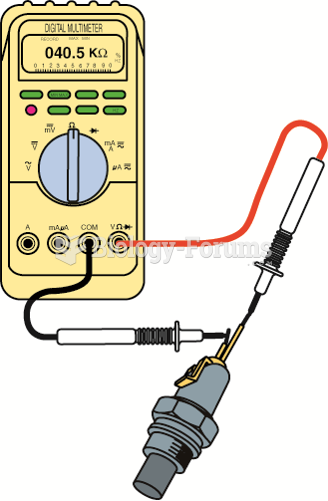|
|
|
There are 20 feet of blood vessels in each square inch of human skin.
The most dangerous mercury compound, dimethyl mercury, is so toxic that even a few microliters spilled on the skin can cause death. Mercury has been shown to accumulate in higher amounts in the following types of fish than other types: swordfish, shark, mackerel, tilefish, crab, and tuna.
In 2006, a generic antinausea drug named ondansetron was approved. It is used to stop nausea and vomiting associated with surgery, chemotherapy, and radiation therapy.
In the ancient and medieval periods, dysentery killed about ? of all babies before they reach 12 months of age. The disease was transferred through contaminated drinking water, because there was no way to adequately dispose of sewage, which contaminated the water.
Asthma occurs in one in 11 children and in one in 12 adults. African Americans and Latinos have a higher risk for developing asthma than other groups.
 Gallbladder with gallstones. Note the stones in the hepatic duct, gallbladder, and common bile duct.
Gallbladder with gallstones. Note the stones in the hepatic duct, gallbladder, and common bile duct.
 Measuring the resistance of the ECT sensor. The resistance measurement can then be compared with ...
Measuring the resistance of the ECT sensor. The resistance measurement can then be compared with ...





